In modern industrial operations, material handling systems are crucial to safe and efficient workflows. Among the most advanced tools used today is the vacuum lifter, a specialized piece of material handling equipment designed to lift, move, and position non-porous materials with precision and minimal risk.
With years of global use across the construction, stone, glass, and logistics industries, vacuum lifters have proven themselves as reliable, cost-effective solutions that increase construction productivity, improve job site safety, and minimize material waste.
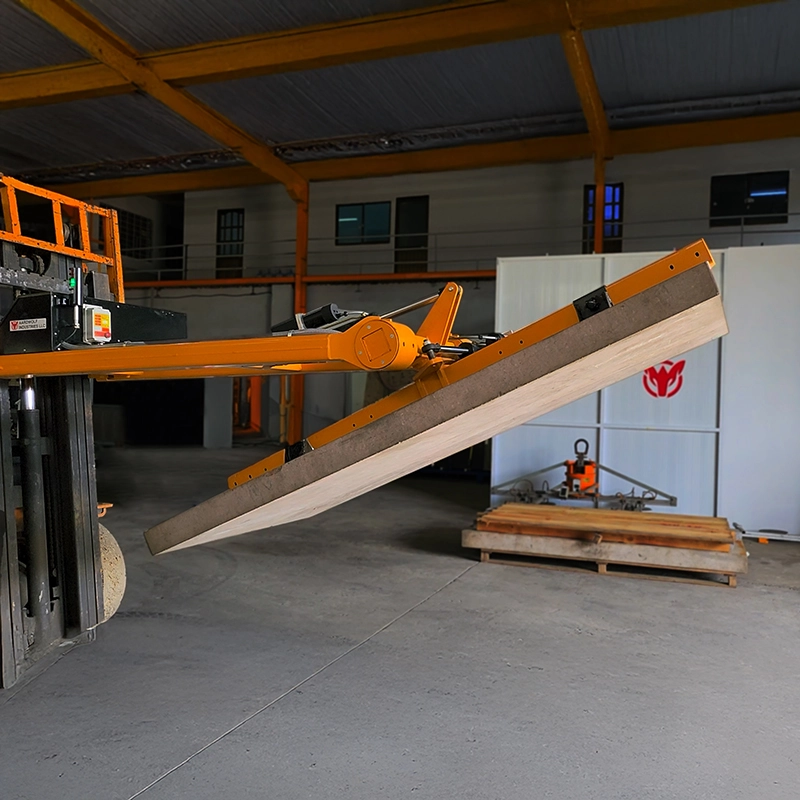
👉 What Is Material Handling?
👉 What Does Material Handling Mean?
Table of Contents
ToggleWhat Is a Vacuum Lifter in Material Handling?
A vacuum lifter is a device that uses suction generated by a vacuum pump to securely lift and transport flat, smooth, non-porous materials such as metal sheets, glass panels, granite slabs, and engineered stone. As a motorized material handling device, it reduces the need for manual lifting or clamping, allowing a single operator to move heavy loads safely and efficiently.
👉 Vacuum Lifters
👉 Which of the Following Is a Motorized Material Handling Device?
How Does a Vacuum Lifter Work?
Vacuum lifters function based on simple yet powerful engineering principles:
- Vacuum pads create suction on the surface of the load.
- A vacuum generator (pump or venturi system) removes air between the pad and surface, creating negative pressure.
- This vacuum holds the material firmly, even during vertical or horizontal lifting.
- The system is mounted to hoists and cranes, jib cranes, or forklifts for construction to lift and transport loads.
- The operator controls the lift with a remote or valve system to raise, lower, tilt, or rotate the item.
Vacuum lifters are particularly effective in applications that involve:
- High-value materials prone to scratching
- Heavy loads difficult to handle manually
- Repetitive lifting tasks in fabrication or assembly environments
E-E-A-T Perspective: Why Trust Vacuum Lifters in Industrial Use?
✅ Experience
Vacuum lifters have been in operation for decades across sectors like stone fabrication, automotive manufacturing, warehouse logistics, and commercial construction. Industry-leading manufacturers like Aardwolf have equipped thousands of workspaces with reliable vacuum technology designed to meet site-specific requirements.
✅ Expertise
These tools are engineered by mechanical and industrial design professionals to meet high load capacities (often exceeding 1,000 kg), comply with international safety standards, and integrate seamlessly into existing material handling equipment frameworks.
👉 Material handling Equipment
👉 Material-handling Equipment
✅ Authoritativeness
Trusted brands like Aardwolf offer vacuum lifters that are certified and widely used in global industrial facilities. Their performance is backed by real-world success in increasing output, reducing handling time, and ensuring material integrity across thousands of projects.
✅ Trustworthiness
Vacuum lifters are designed with built-in safety features such as pressure sensors, emergency shut-off valves, backup vacuum tanks, and anti-drop systems—critical when handling expensive or hazardous materials.
👉 When Handling Hazardous Materials, You Should?
Benefits of Vacuum Lifters in Industrial Material Handling
✔ Improve Safety on Construction Site
Lifting large, heavy slabs manually leads to strain injuries. Vacuum lifters eliminate direct human contact with the load, protecting workers.
✔ Reduce Labor Cost in Construction
One trained operator can handle tasks that might otherwise require two or more workers, resulting in significant labor savings.
✔ Increase Construction Productivity
Vacuum lifters streamline repetitive lifting, such as placing panels on conveyor systems, cutting tables, or installation areas.
✔ Minimize Material Waste
Vacuum lifters offer non-invasive lifting. Unlike mechanical clamps, they don’t scratch polished surfaces or damage fragile materials.
Where Are Vacuum Lifters Used?
Vacuum lifters are ideal for:
- Stone fabrication facilities: Granite, marble, engineered stone
- Glass manufacturing: Windows, facades, interior panels
- Sheet metal handling: Automotive parts, HVAC panels
- Warehouse logistics: Product loading and unloading
- Construction projects: Wall panels, countertops, facade cladding
In construction, they often work alongside:
Vacuum Lifters vs. Manual Handling Equipment
| Feature | Vacuum Lifter | Manual Tools (Wheelbarrows, Carts, Pallets) |
|---|---|---|
| Power Source | Electric/Pneumatic | Human |
| Load Capacity | 300–1,000+ kg | 50–200 kg |
| Suitable For | Slabs, sheets, glass | Boxes, tools, bulk material |
| Risk of Damage | Low | Moderate–high |
| Operator Requirement | 1 person | 2+ for heavy loads |
👉 Which Is an Example of Manual Material Handling Equipment?
Key Features to Look for in a Vacuum Lifter
- Number and size of suction pads
- Tilting and rotating capabilities
- Vacuum reserve tank and safety indicators
- Mounting compatibility (jib arm, forklift, gantry)
- Remote control or manual valve operation
- Load capacity certification
Integration with Other Material Handling Systems
Vacuum lifters seamlessly support broader construction site logistics and fabrication operations. They pair well with:
- Overhead cranes for large-scale lifting
- Conveyors in construction for continuous flow
- Forklifts with boom attachments for mobility
- Jib cranes for localized lifting and rotation
👉 What Are Types of Material Handling Equipment Hoists?
Conclusion
A material handling equipment vacuum lifter is a sophisticated yet user-friendly tool that transforms how industries handle large, heavy, or delicate materials. Backed by decades of proven field use, vacuum lifters are essential to any facility looking to:
- 📈 Increase productivity
- 💰 Reduce labor costs
- 🦺 Improve workplace safety
- ♻ Minimize waste and material damage
Vacuum lifters represent the next step in efficient, ergonomic, and scalable material handling.
Explore industry-leading solutions:
🔹 Vacuum Lifters
🔹 Aardwolf Slab Lifters
🔹 Jib Cranes
And continue learning with:
👉 Material handling Equipment
👉 What Is Material Handling Equipment
👉 Which of the Following Is a Motorized Material Handling Device?

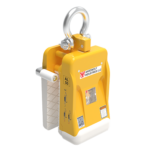
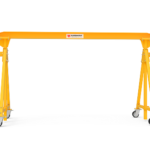
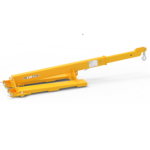
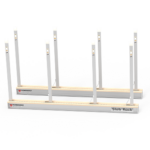
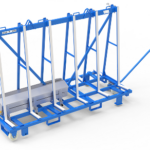
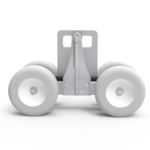
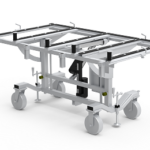
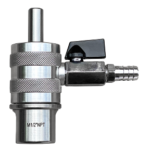
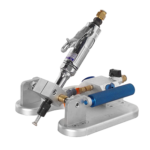
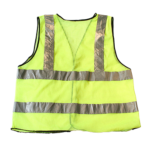
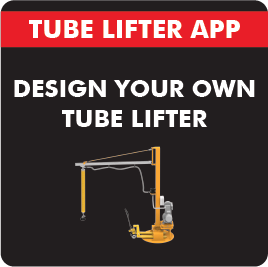
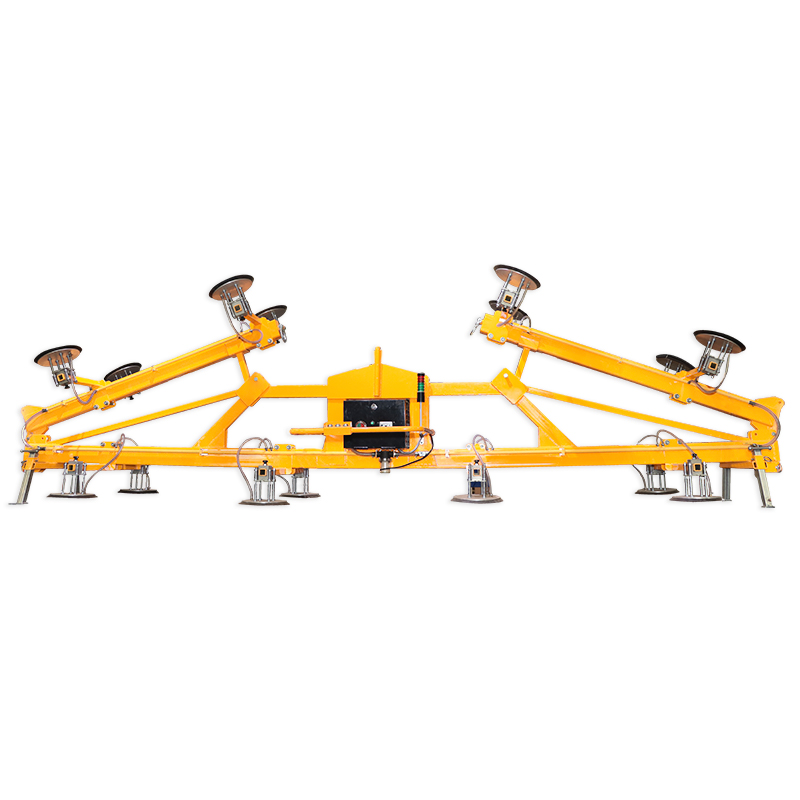
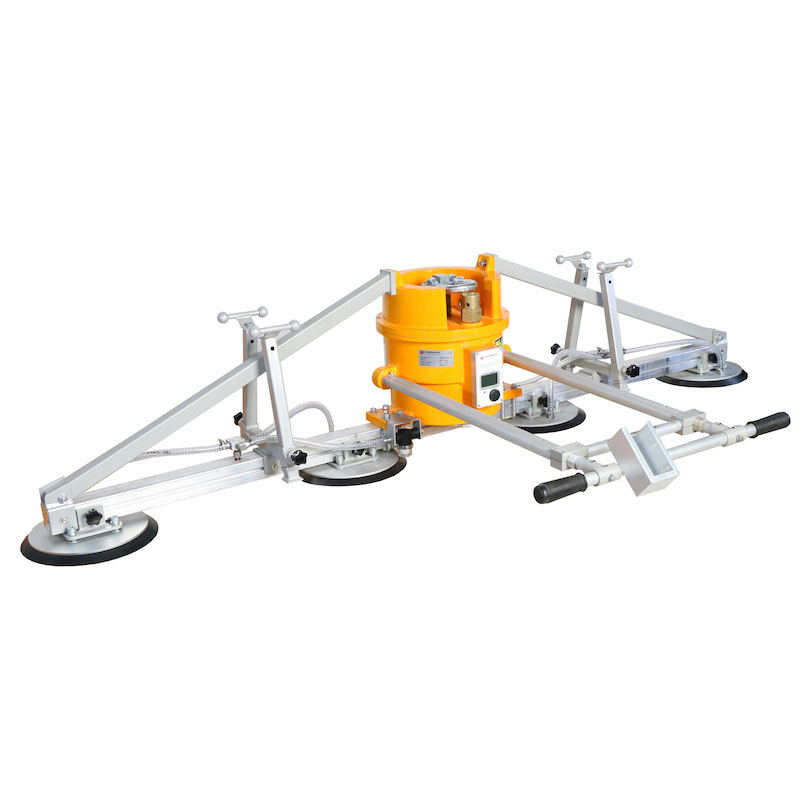
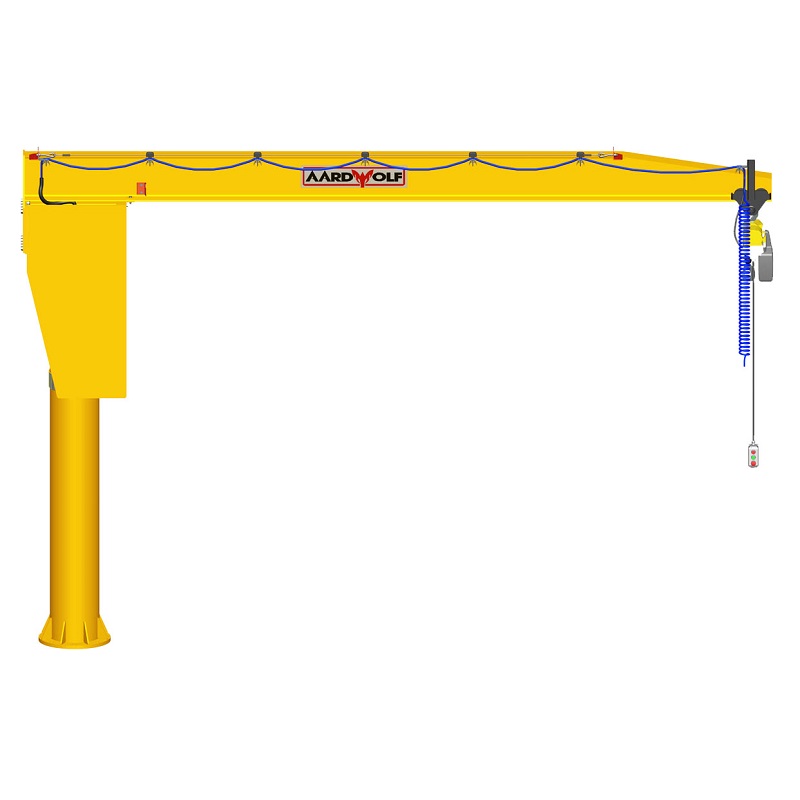

Please log in to leave a comment.